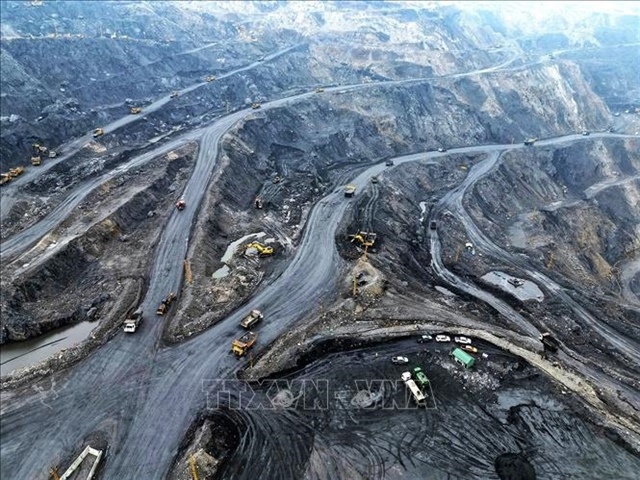MOC: Some cement plants facing difficulties, but this is not doomsday
MOC: Some cement plants facing difficulties, but this is not doomsday
While the cement industry has been struggling with the oversupply, the Ministry of Construction still believes that the inventory volume is within the safety line, denying the opinion about overproduction.

Dothi.net has cited a report that Vietnam may have 6 million tons of cement in excess in 2012. In fact, the situation has been anticipated. Many years ago, economists once gave warnings about the oversupply since too more cement projects were licensed.
In the first five months of 2012, the cement output decreased by 16.8 percent, while the sales dropped by 7.8 percent in comparison with the same period of the last year. Meanwhile, the production capability of the whole industry increased by 10 percent due to the “cement movement,” where investors rushed to set up cement plants.
In 2012, Vietnam has the designed cement capacity of 70 million tons, while the output is expected to reach 60-62 million tons. Meanwhile, the domestic demand is low, just 47-48 tons. Enterprises hope they can export 7-8 million tons this year. As such, about six million tons of cement would be redundant this year.
The main reason behind the oversupply is the overinvestment in the sector. The cement industry development strategy for the period of 2011-2020 with the vision until 2030 was built up on the demand growth rates of 10-15 percent seen in 2006-2010.
Economic groups and general corporations, encouraged to develop into conglomerates operating in multi business fields, then rushed to make investment in cement plants. The localities with limestone also licensed cement projects. More than 100 cement plants with the designed capacity of 70 million tons have been set up throughout the country.
Cement producers have all been facing big difficulties. Since they have low stockholder equity, they have to borrow loans from commercial banks which have charged very high interest rates recently.
Meanwhile, the electricity price has increased by 19 percent, the petroleum price by 40 percent, and the coal price has also increased, thus leading to the higher production costs
Analysts have pointed out that the bank loan high interest rates, the exchange rate fluctuations and the difficulties in accessing bank loans all have put a heavy burden on enterprises. The total financial costs now reportedly account for 25-30 percent of the production costs.
While the input prices have been increasing rapidly, the outlet has got stuck due to the gloomy real estate market.
Cement producers have been struggling to survive the oversupply by trying to export cement. However, this proves to be unfeasible solution, because Vietnamese products remain uncompetitive enough, and because it still lacks basic infrastructure items to serve the export.
State management agencies, including the Ministry of Planning and Investment, and Ministry of Construction have been violently criticized for the oversupply, believed to be caused by the unreasonable programming.
Replying to the criticism, Deputy Minister of Construction Nguyen Tran Nam has affirmed that the cement industry development strategy has been programmed very well, affirming that it is the reasonably programmed strategy which has helped the industry to avoid the bad consequences in the current context of economic recession.
In late 1980s, Vietnam seriously lacked cement and it had to import 4 million tons a year. The domestic demand has only been fully satisfied since late 2010, when Vietnam began exporting cement products.
Cement is one of the products which have seen the prices stable over the last many years with the price up by one percent a year only.
Regarding the figure about the high inventory volume of 2.8 million tons, Nam said that this amount is equal to the output of 20-day production, which is within the safety line.
vietnamnet





















